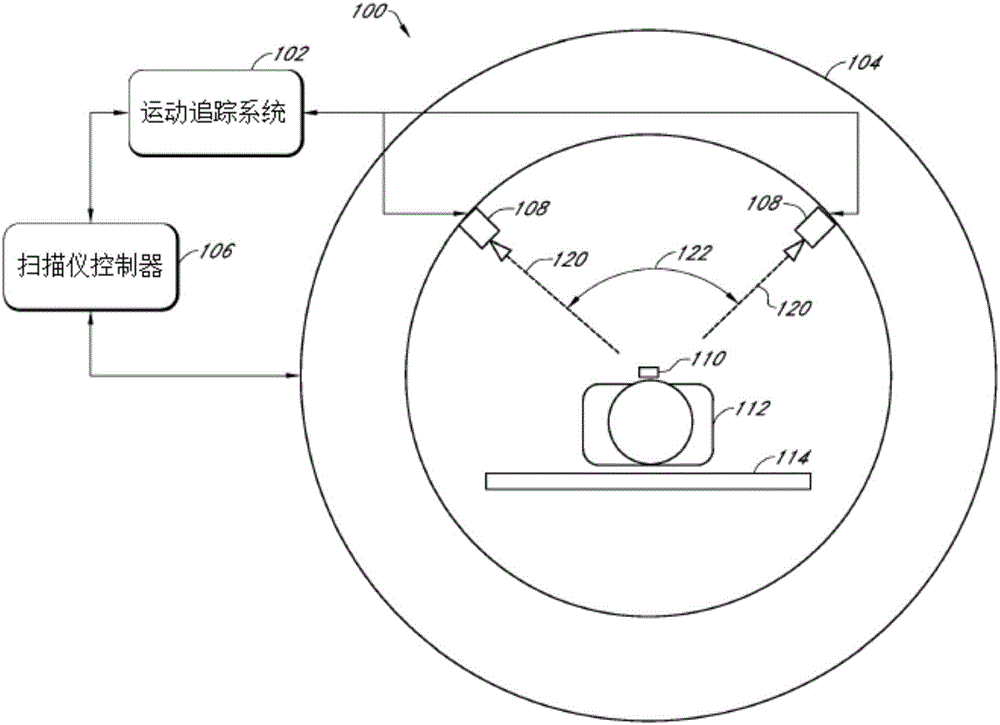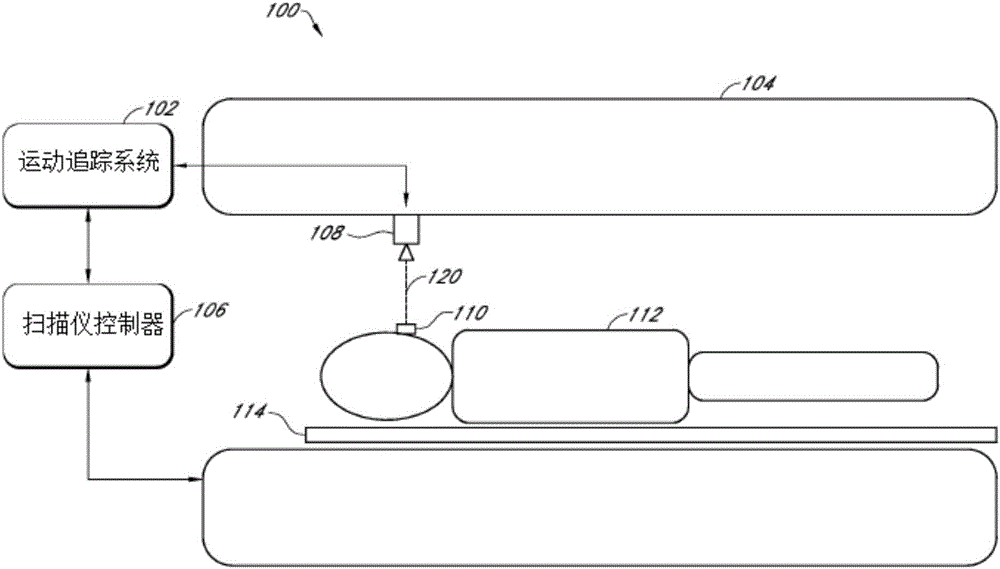Systems, devices, and methods for tracking and compensating for patient motion during a medical imaging scan
A medical imaging and patient technology, applied in medical science, surgical navigation systems, applications, etc., can solve problems such as affecting diseased tissue, harming healthy tissue, and patient motion tracking does not have high accuracy.
- Summary
- Abstract
- Description
- Claims
- Application Information
AI Technical Summary
Problems solved by technology
Method used
Image
Examples
example 1
[0355] Camera calibration
[0356] Like any camera lens, the lens used in the head tracker may have a certain degree of distortion due to the distance from the imaging axis. The azimuth distortion should be negligible, but the radial distortion can be measured after the lens is installed and fitted to a polynomial curve to allow rapid compensation of the centroid position near the edge of the camera's field of view. During the use of the NewtonRaphson iterative algorithm, a 6DOF expansion algorithm can be constructed to adapt to the typical level of radial distortion as a second-order compensation.
[0357] The radial distortion can be determined by printing fiducial targets with concentric circles with diameters of 1 / 3", 2 / 3", 1" (and so on up to the maximum diameter of 4 inches), such as Figure 22A with 22B Shown. The approximate FOV of the camera and a 25mm lens at a working distance of 14.08 inches is 2"x2.67", as indicated by the inner rectangle printed on the target. The c...
PUM
 Login to View More
Login to View More Abstract
Description
Claims
Application Information
 Login to View More
Login to View More - R&D
- Intellectual Property
- Life Sciences
- Materials
- Tech Scout
- Unparalleled Data Quality
- Higher Quality Content
- 60% Fewer Hallucinations
Browse by: Latest US Patents, China's latest patents, Technical Efficacy Thesaurus, Application Domain, Technology Topic, Popular Technical Reports.
© 2025 PatSnap. All rights reserved.Legal|Privacy policy|Modern Slavery Act Transparency Statement|Sitemap|About US| Contact US: help@patsnap.com



